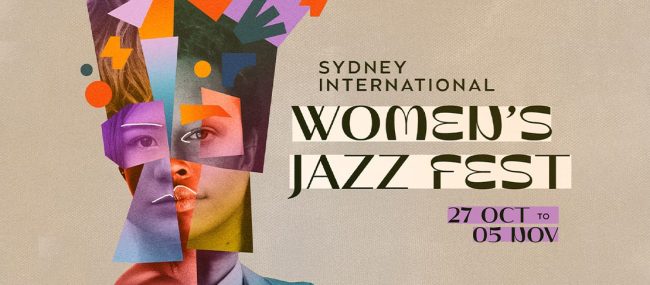Shakespeare Just Turned 450
Wednesday 23rd April marks the 450th anniversary of Shakespeare’s birth. At least, it does more or less. The local parish register in Stratford-Upon-Avon tells us that he was baptised on the 26th, and at this time of high infant mortality rates, babies were generally baptised two or three days after birth. Also, Shakespeare died on 23rd April 52 years later, so it gives us a pleasing sense of symmetry.
What really matters is that this writer has certainly given us plenty of things to celebrate, so this seems like a good time to do it.
Australia has loved Shakespeare for many years. In the early twentieth century Henry Gullett commissioned a statue from Bertram Mackennal, which now stands outside the Mitchell library, to commemorate and enshrine this relationship. The statue is topped by Shakespeare, and below him are Romeo and Juliet, Hamlet, Portia and Falstaff. Gullett was particularly keen that Falstaff should be represented, as he identified greatly with the character. There was talk in the 1940s of moving the statue into the Botanic Gardens to act as the beginning of our own “poets’ corner”, with statues of Henry Lawson and Banjo Patterson to follow.
Also in part thanks to Gullett, along with other prominent Sydneysiders of his time, the Mitchell Library was fitted with the “Shakespeare Room”, an elaborately wood-pannelled mini-library holding works related to Shakespeare, and decorated with Tudor and Elizabethan carving and relics. The funds to set up this room were raised through a series of balls and similar events. Around Shakespeare’s birthday in 1913, the Sydney Morning Herald was reporting breathlessly on the elaborate costumes Sydney socialites wore to the Shakespeare Ball:
“Miss Josephine Marks (Cleopatra) wore a heavily gold embroidered dress, with many jewels, and a red and gold train, her jewelled crown having the sacred horn of Isis, and the asp surmounting it… There were three Portias, Mrs. Sloman, in white and gold; Miss Liddell, In pale blue and white brocade, which formerly belonged to her great-grandmother, and was copied from a dress worn by Miss Ellen Terry; and the third Portia wore the red cap and gown [of a lawyer]… Mrs. T. M. Jackson (Titania) wore white ninon and gauze, with gauze wings, and carried a staff with pale pink roses. The Misses Wade made charming Rosalinds, with dark green doublets and leather hose, and brown felt hats with red quills.”
The following year the celebrations involved building replicas of the Globe, Anne Hathaway’s Cottage and a quantity of Elizabethan market stalls in the main ballroom of Sydney Town Hall.
Of course, it is not just in the past that Shakespeare has been valued. All major theatre companies today still perform his works, and find an audience for them. There is simply so much stuff in the thirty-eight of his plays; so much action, so much feeling, so many vivid and relatable characters, that no matter how much we change as a society or as people we can always find something in there that speaks to us.
Sydney is currently home to two specialist Shakespeare theatre companies, Bell Shakespeare and Sport for Jove.
The Shakespeare Room in the Mitchell Library, the heritage section of the State Library of NSW, is open every Tuesday from 10am to 4pm.



